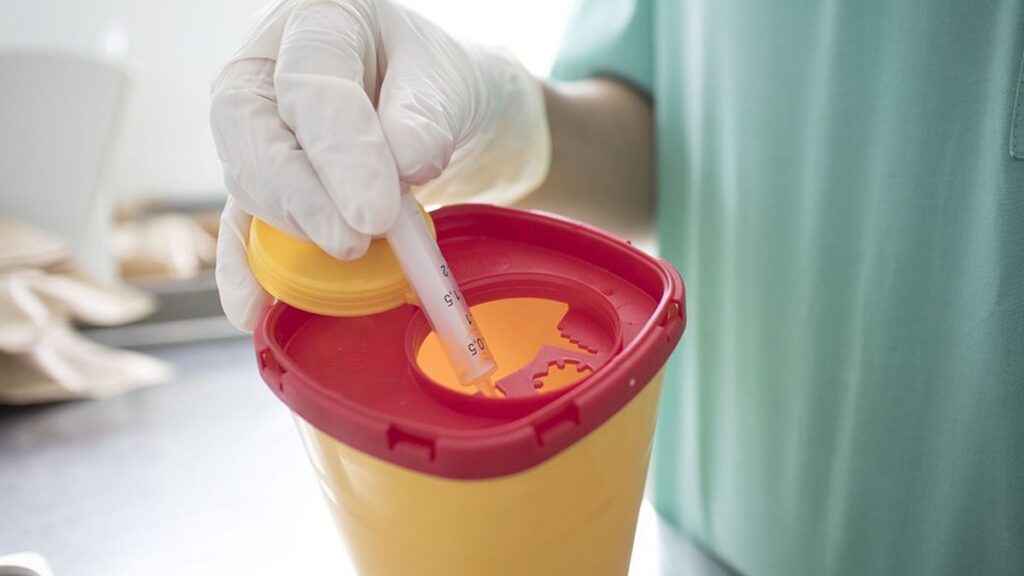How We Clean and Rid Ourselves Of Biohazardous Waste Disposal
2 min read
Biohazardous waste disposal is a very important aspect of waste management and there is a huge amount of legislation which deals with the treatment of this highly dangerous waste product. Biohazardous waste is generally the term used to refer to waste which has come from human interaction, this could be actual human waste or it could be from tools which have been used to treat diseases and infections in humans. As you can well imagine, there is a very clear danger of this kind of waste product causing issues if it is simply sent to landfill.
It is critical that this kind of waste is handled in the right way in order for it to be deemed safe. If any of this waste were not to be treated first, there is a very real risk of infections or disease outbreaks as a result. Here then is how the waste is processed in order to make it safe.
What is Classed As Biohazardous Waste?
Let’s start by taking a look at exactly what biohazardous waste is:
- Human body fluids
- Microbiological waste
- Human blood products
Pathological waste - Animal waste
- Sharps waste
Incineration
For 90% of they biological waste which is collected, the incinerator is the destination where it is headed. In most cases we see this kind of waste incinerated after it has been collected from the site, be it a hospital or a clinic. There are some instances however whereby the location will incinerate the medical waste before it is taken away. Most commonly this happens when a waste product is too harmful or carries a risk of infection which is too high to ignore. In the event that something would be incinerated on-site, the waste will thence swiftly collected by the company which specializes in processing the waste.
Autoclaves
Autoclaving is a form of sterilization which we do occasionally see used in order to kill off all microbial life. This procedure uses a mixture of chemicals which are applied through a heated steam treatment. The waste product which comes about as a result of this treatment ends up in a sanitary landfill.
Additional Approaches
We do see some other approaches to the treatment of this kind of waste such as mechanical or chemical disinfection, additionally there are treatments such as microwave and irradiation treatments which are used on a very small amount of biohazardous waste.
The risk of mistreating biohazardous waste is that it can create a life threatening situation to others, including both animals and humans. It is for this reason that private companies which have been specifically created to rid the world of biohazardous waste are used. These companies specialize in all aspects of this process from the treatment, storage and eventual dumping of the waste in specific landfill sites which are dedicated to solely taking care of sanitary waste. As you can imagine, the treatment of this waste is something which must be taken incredibly seriously.







